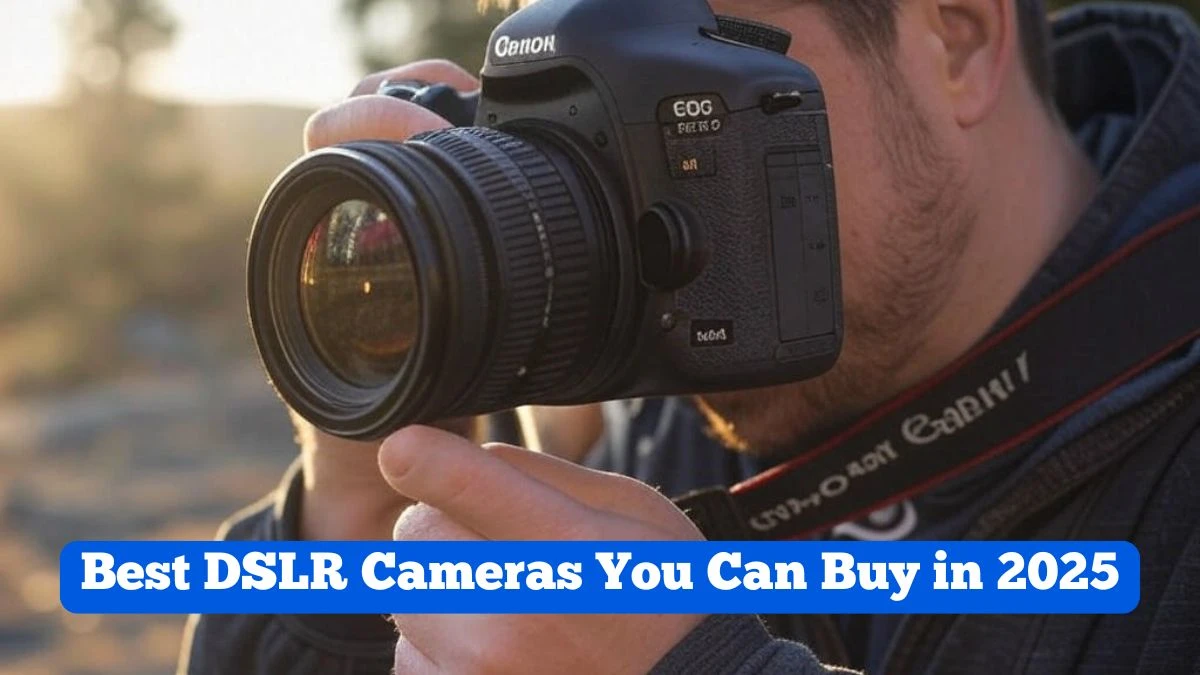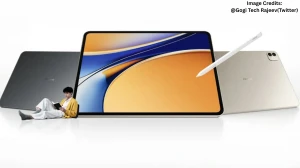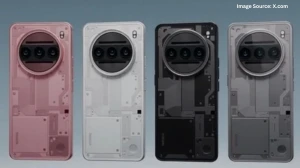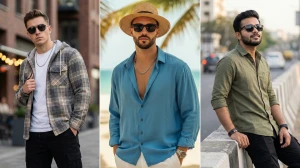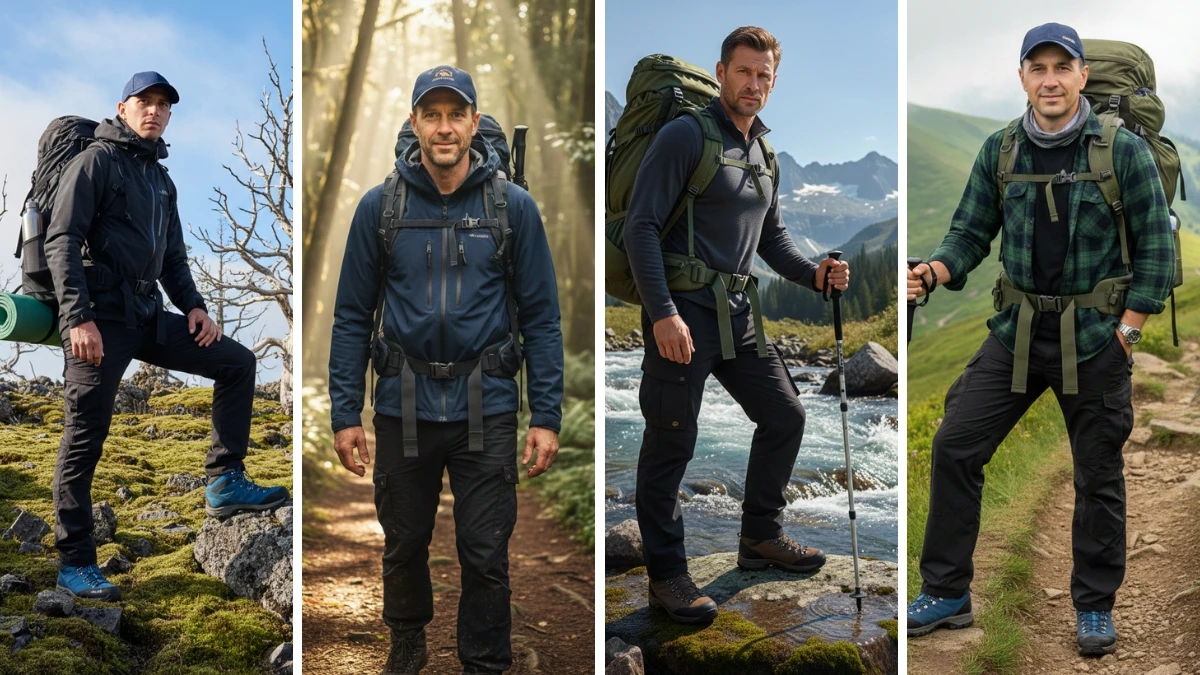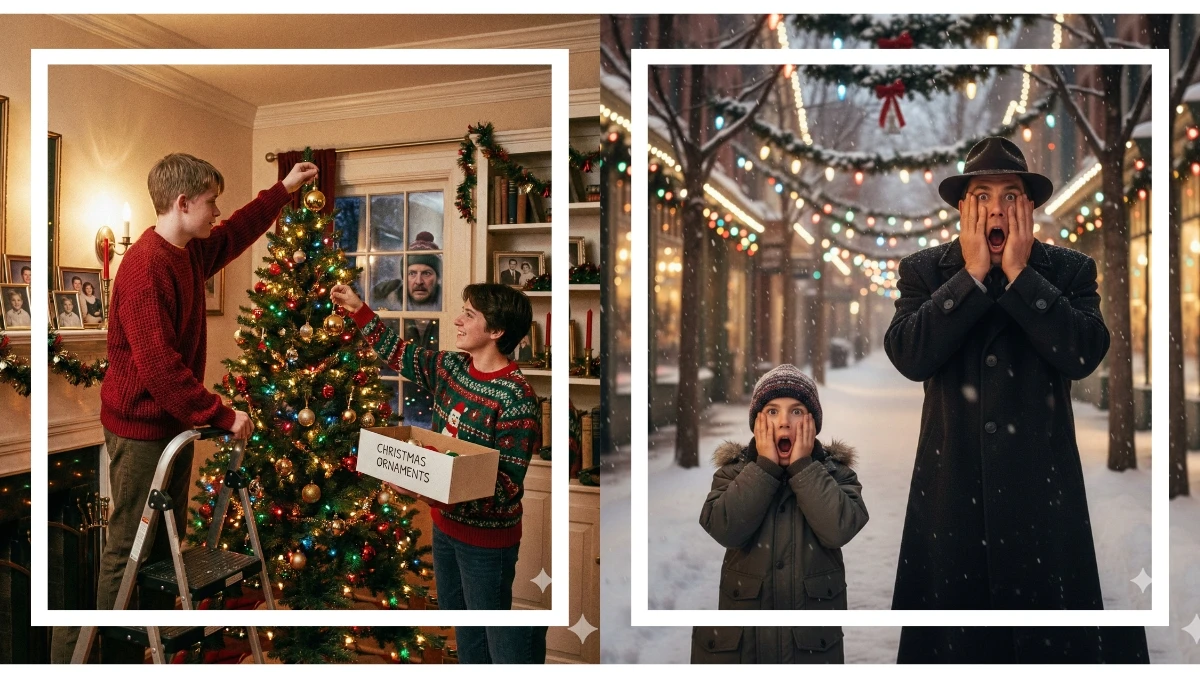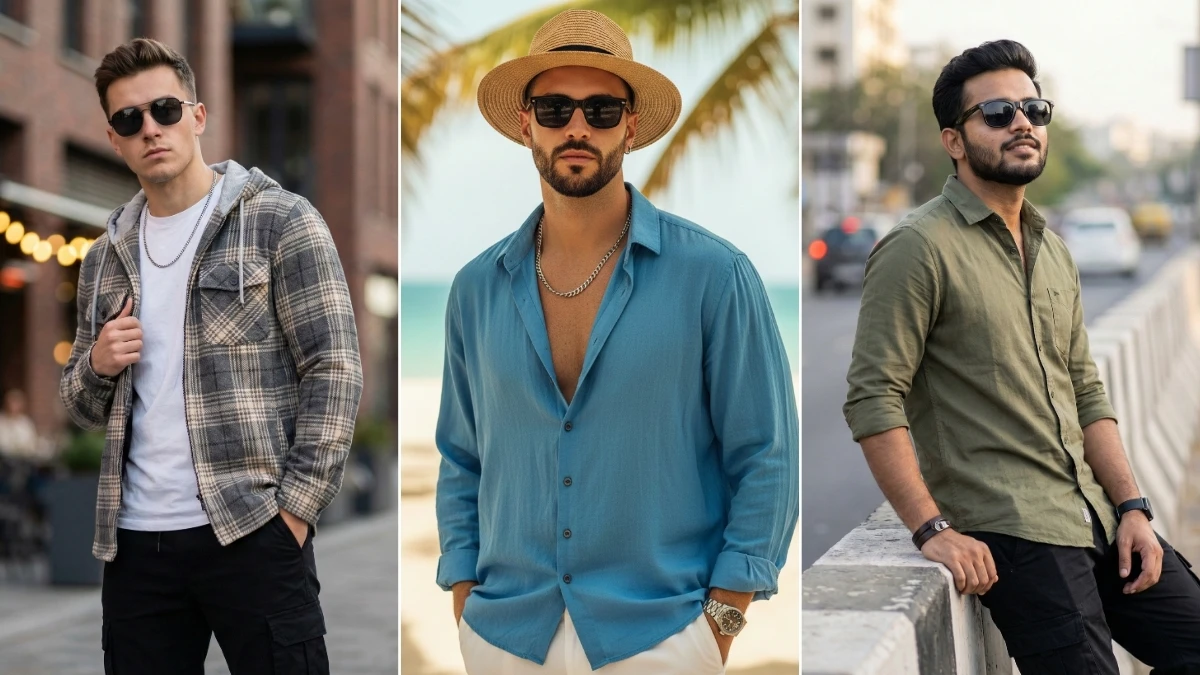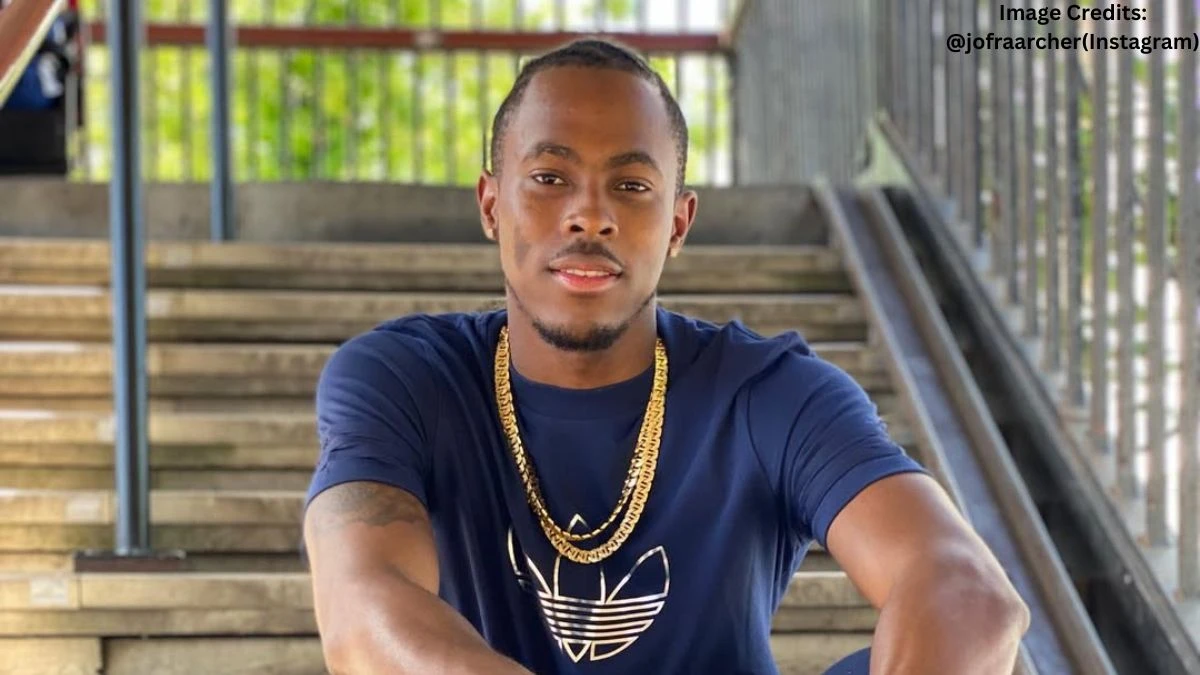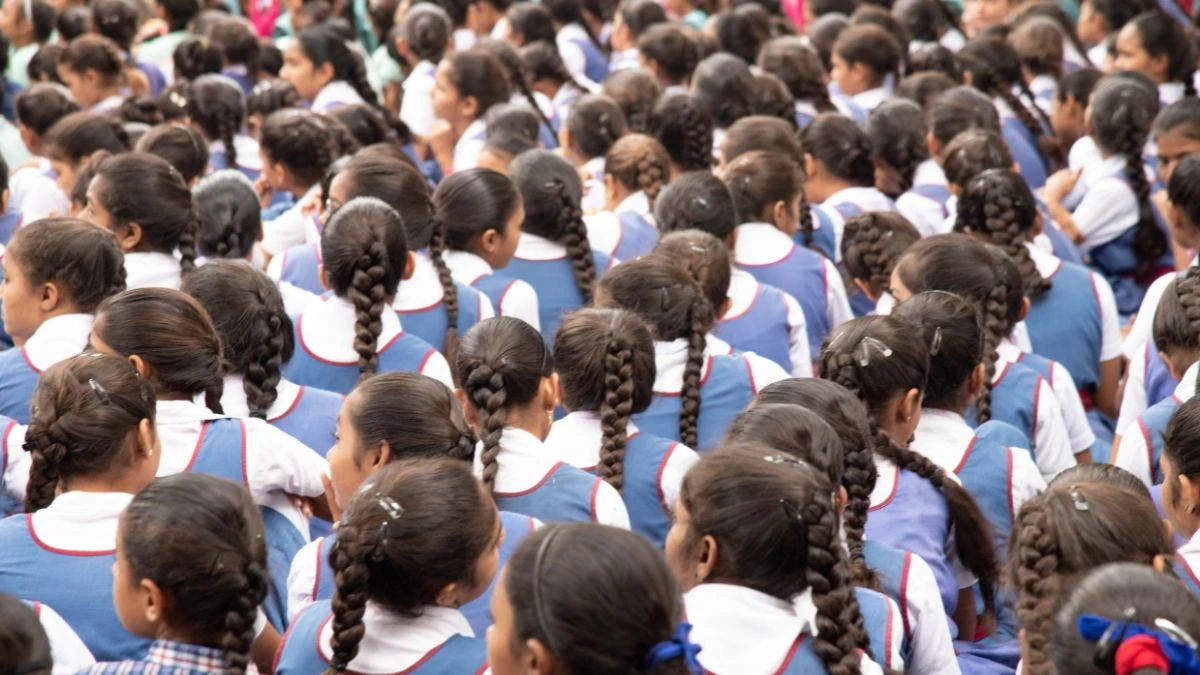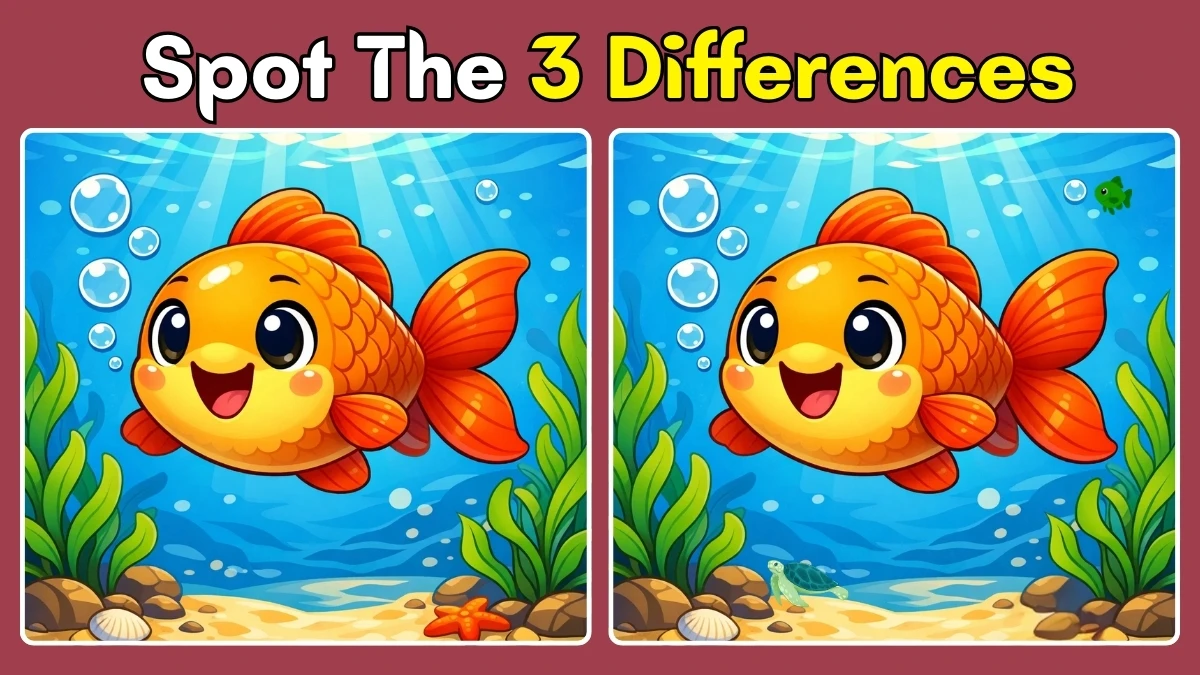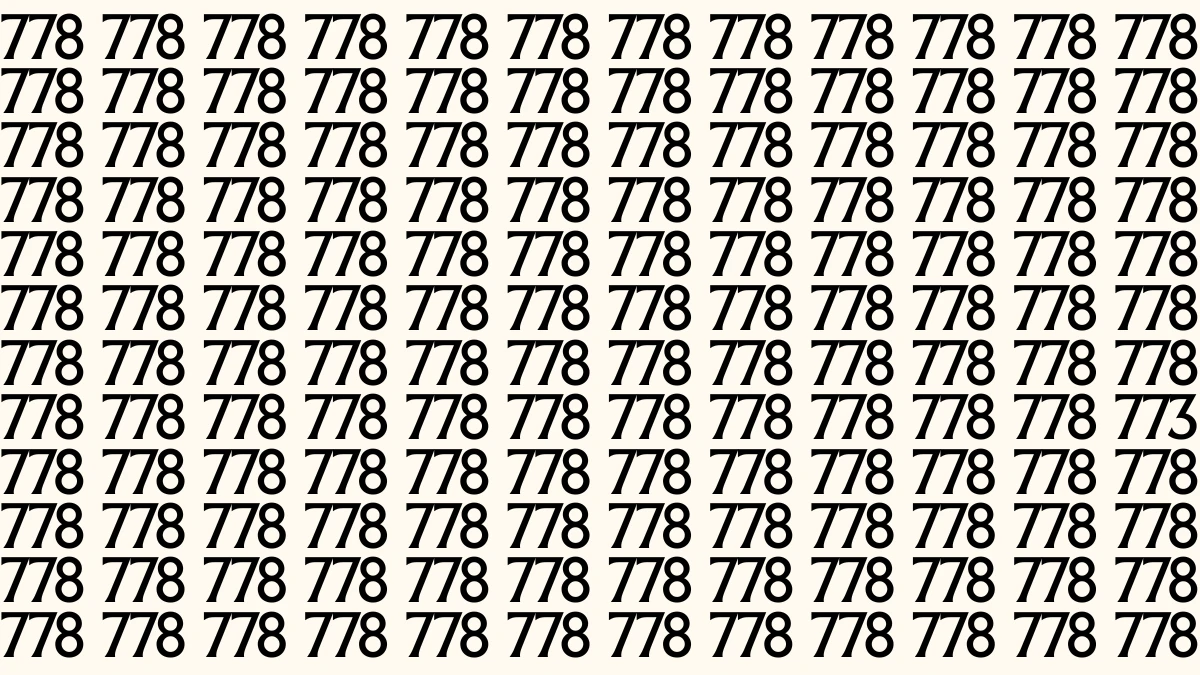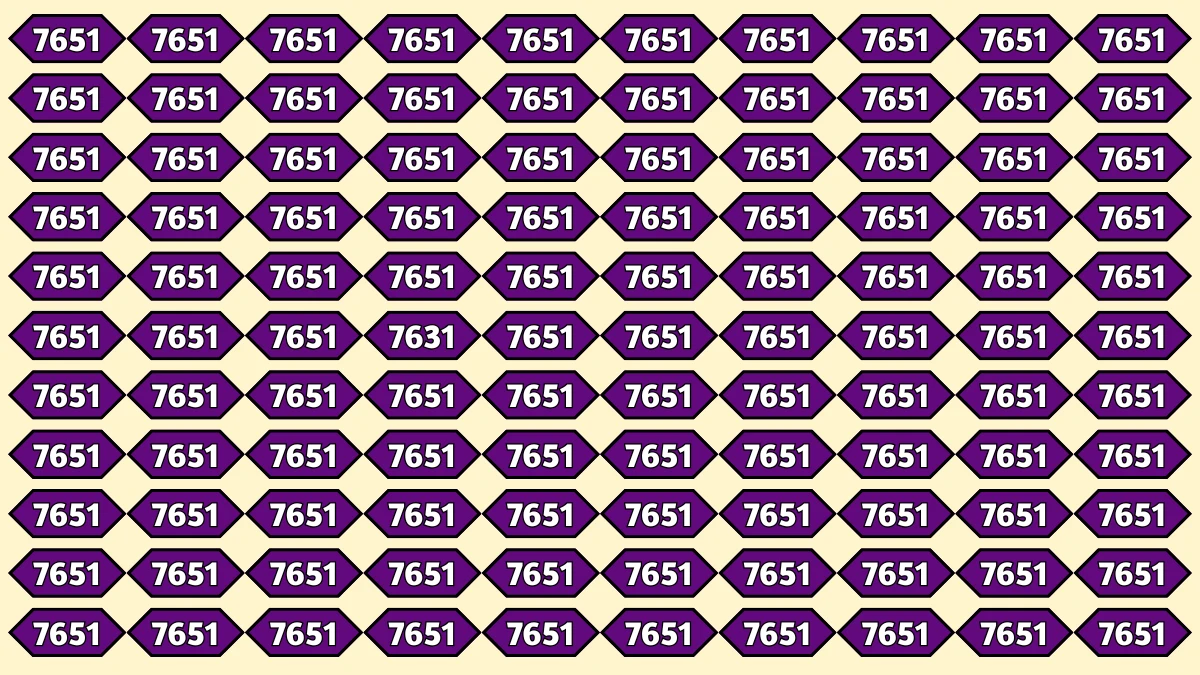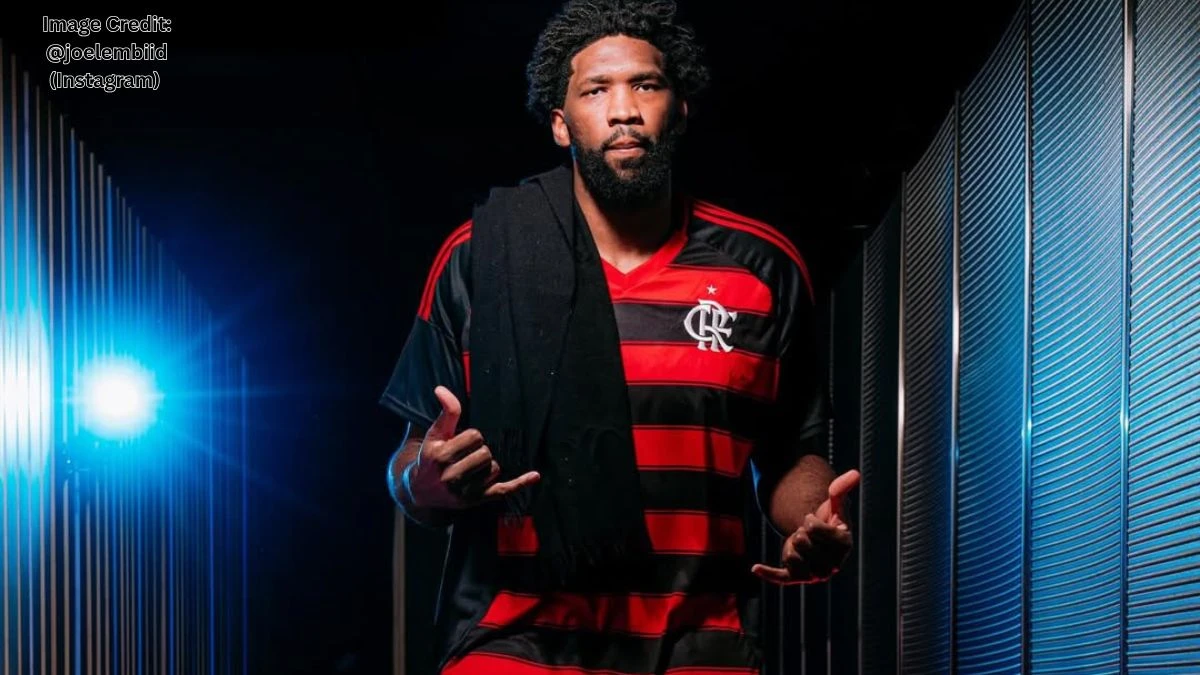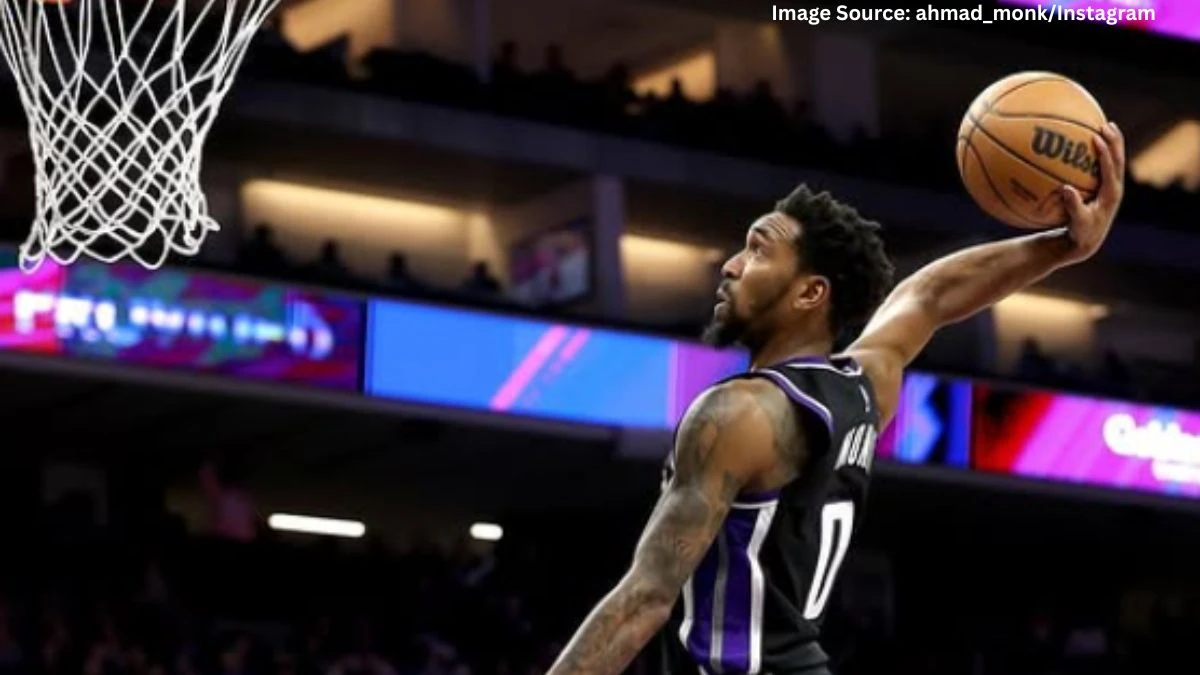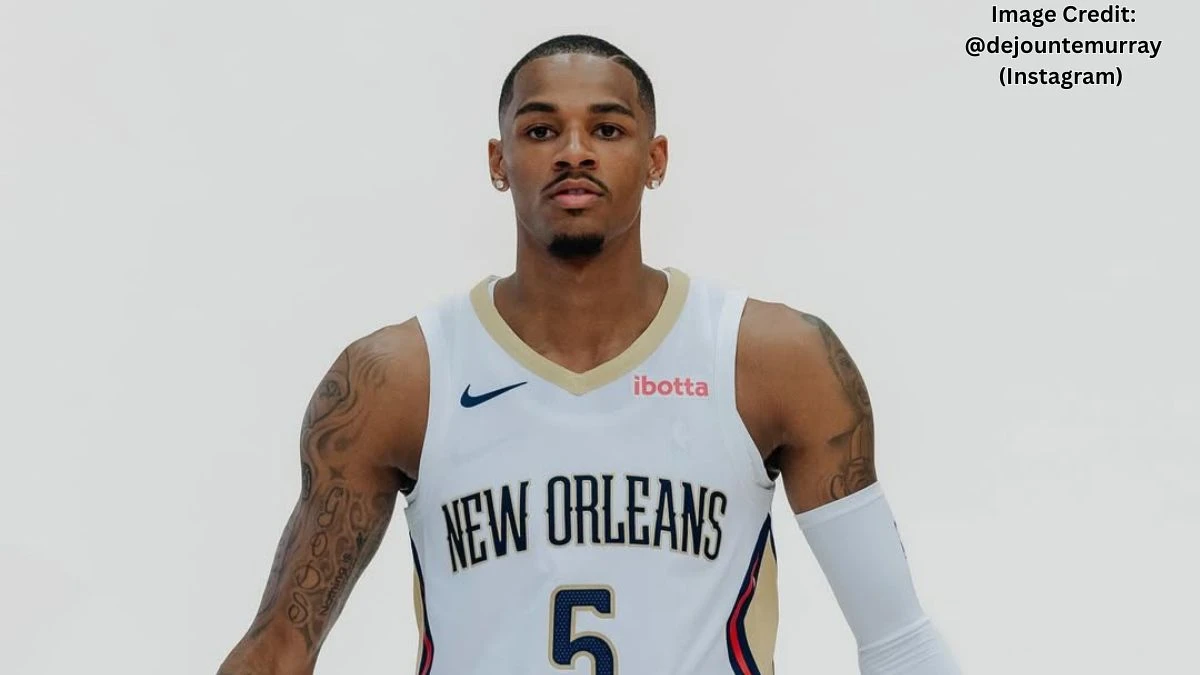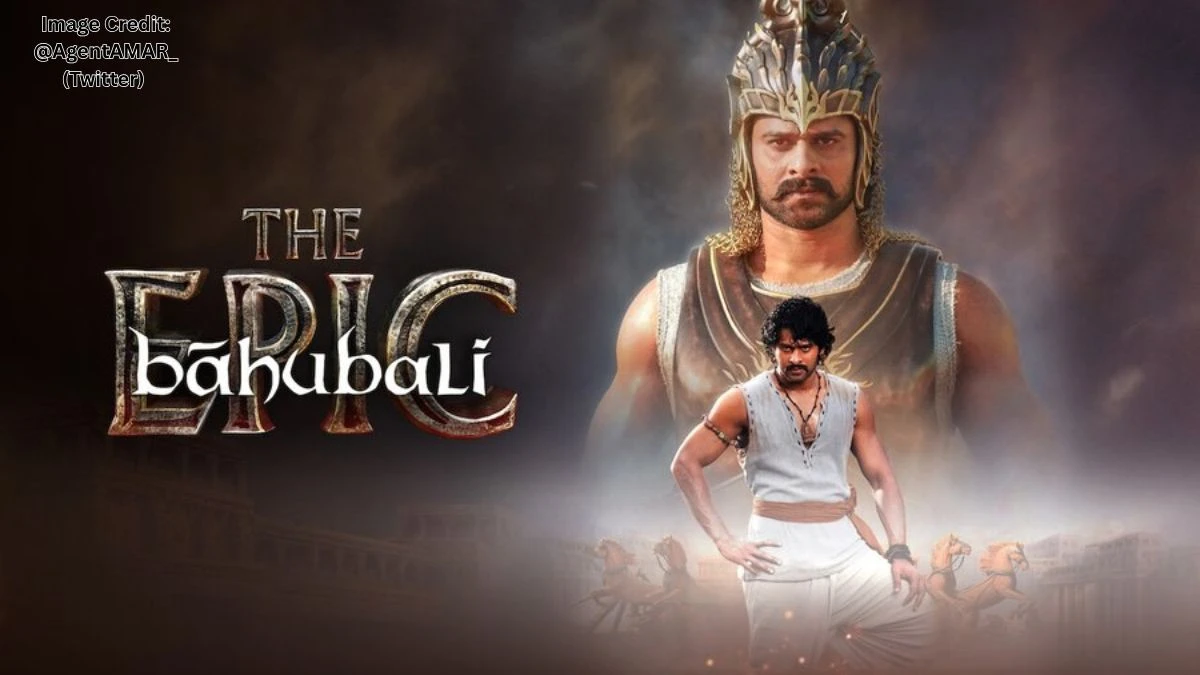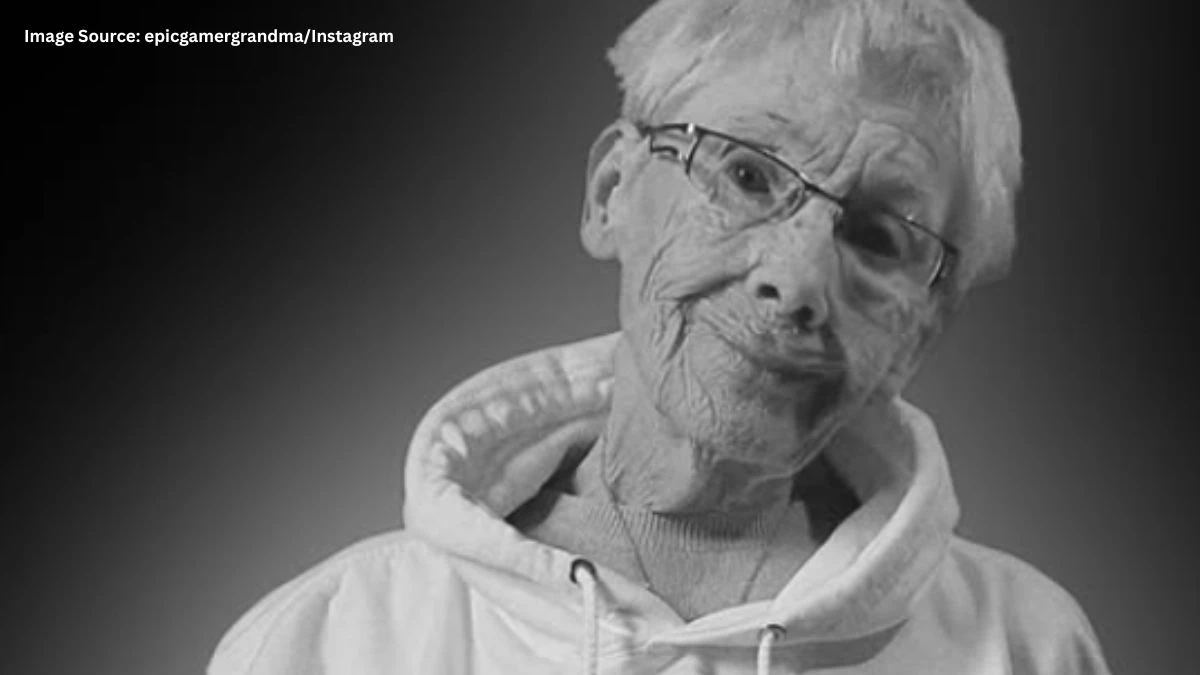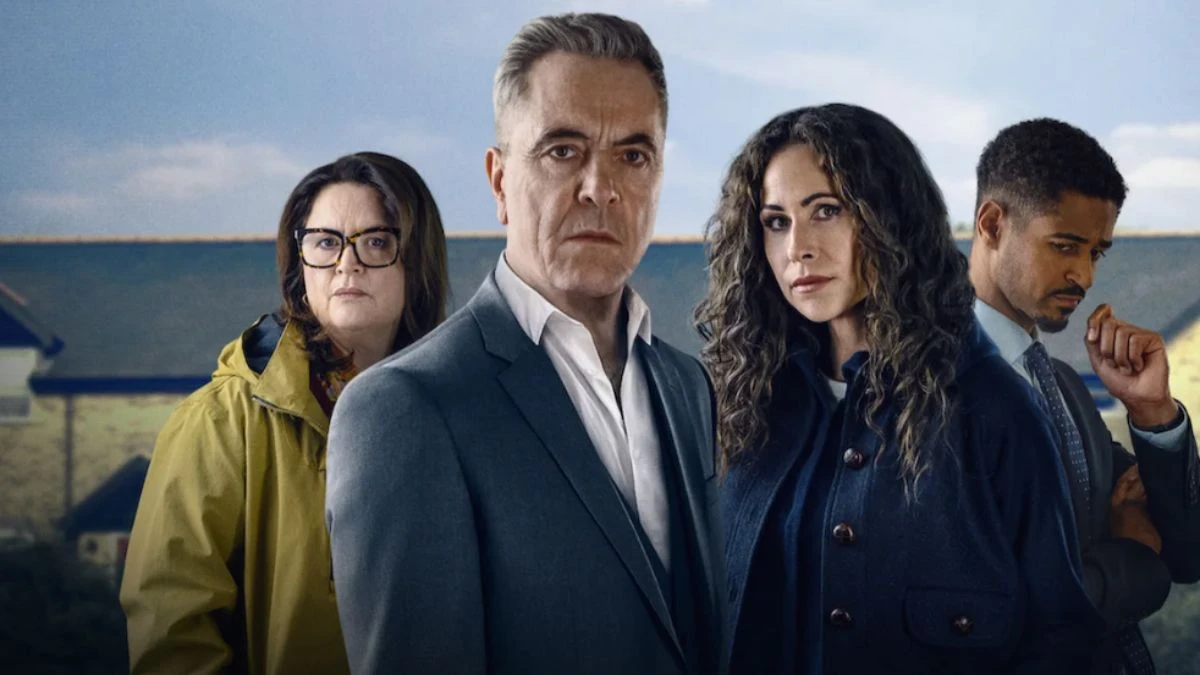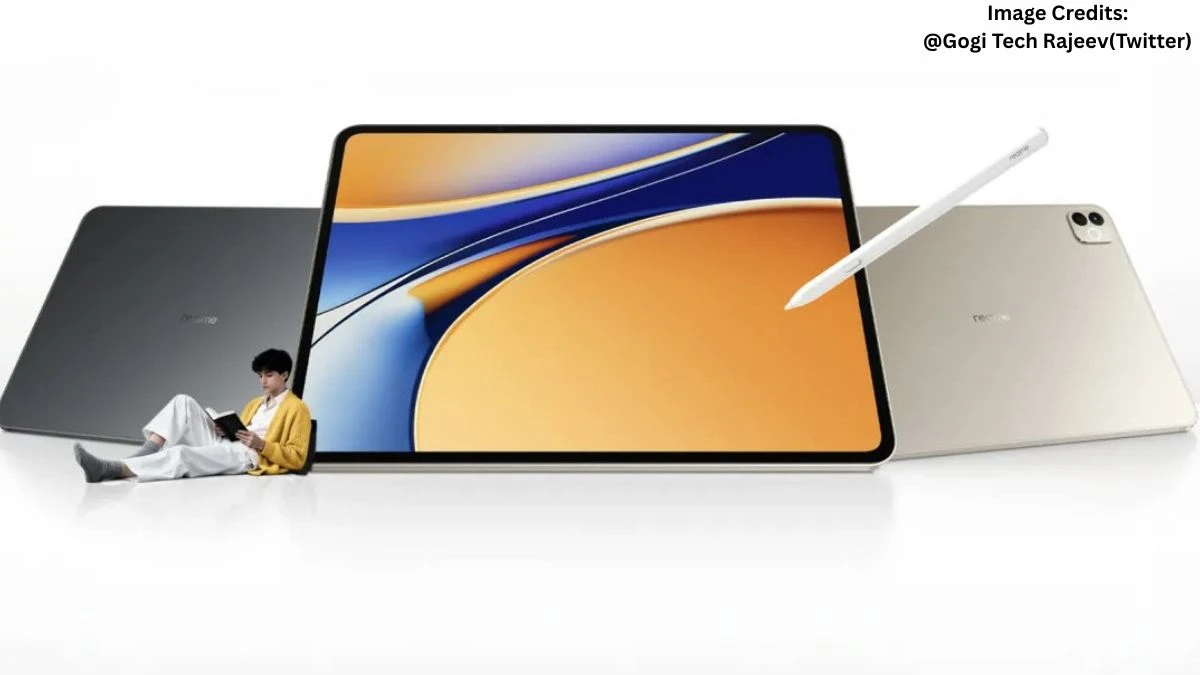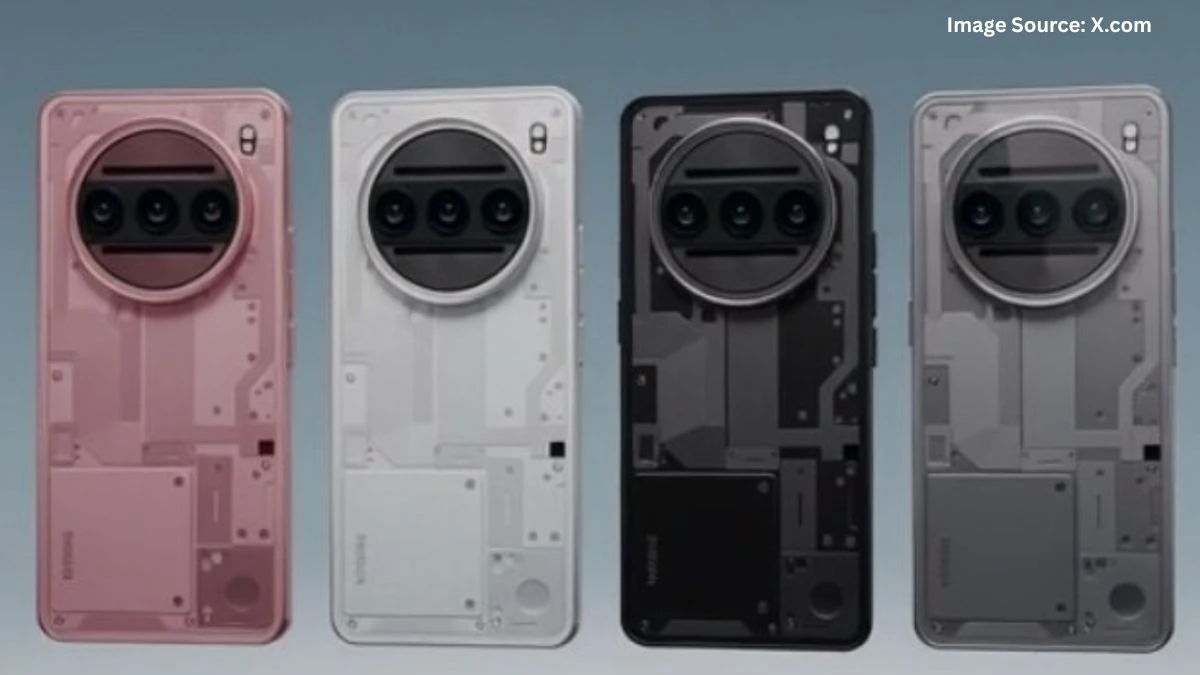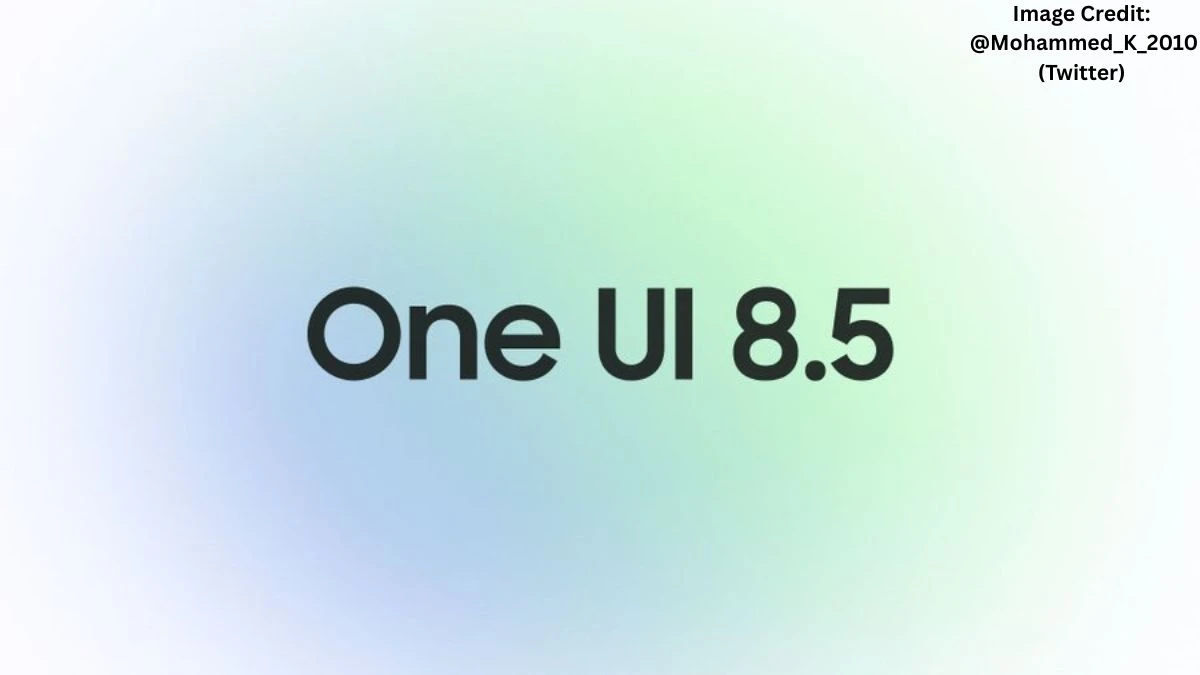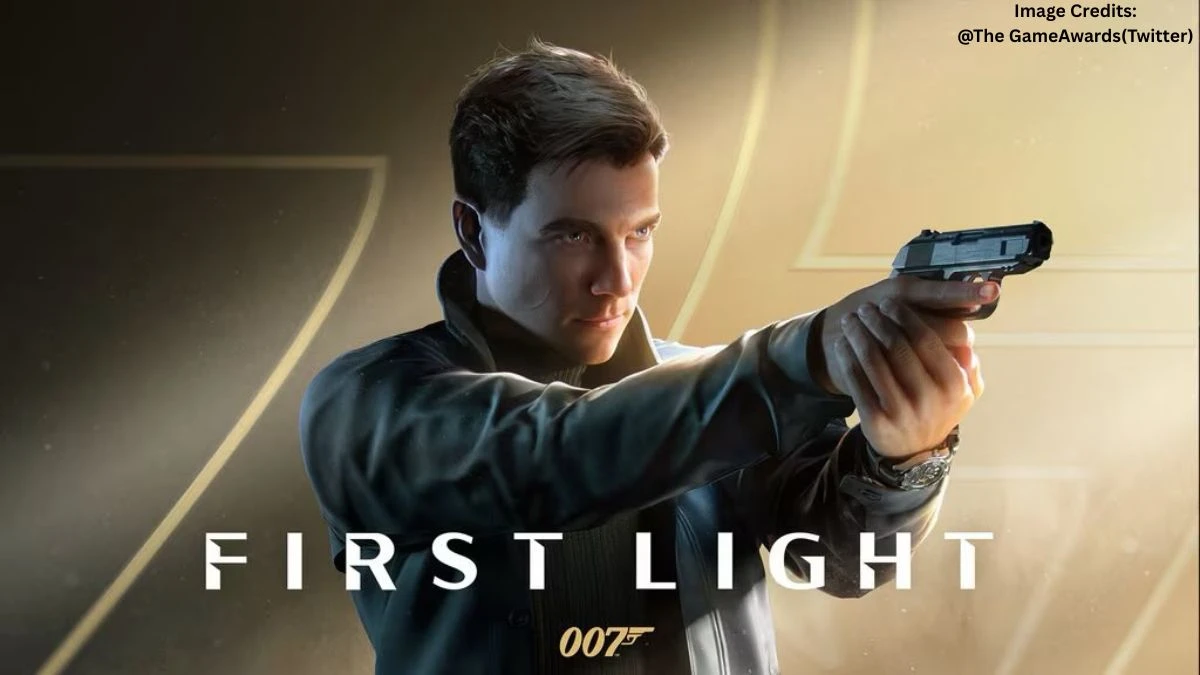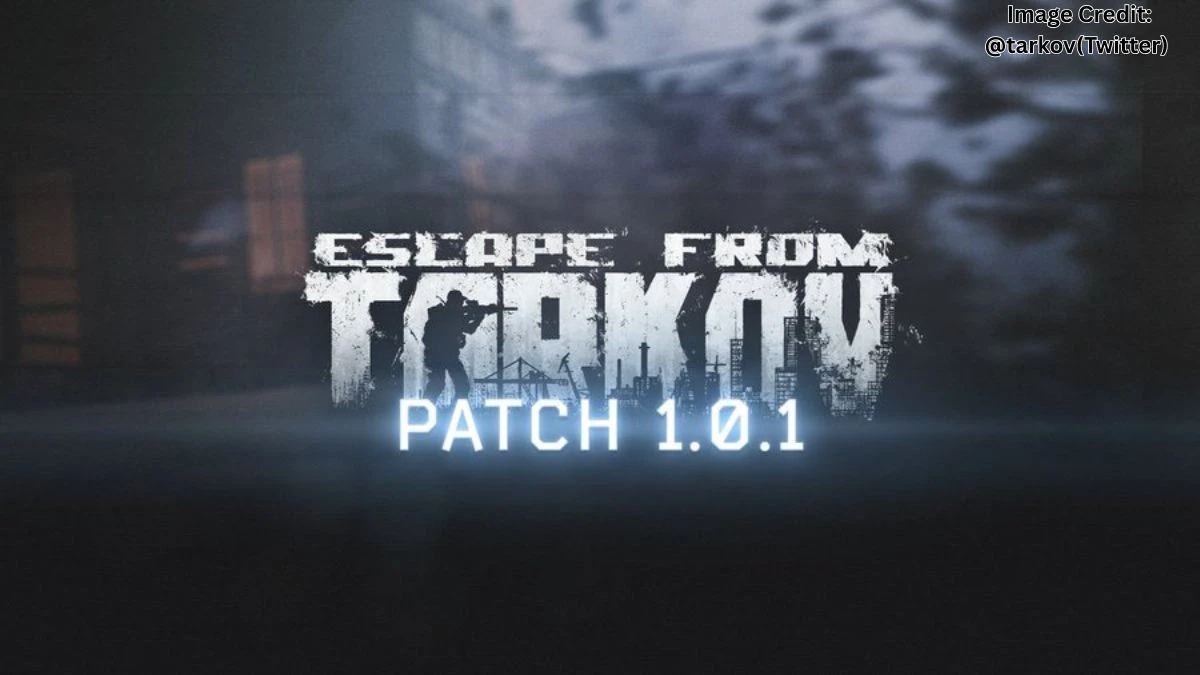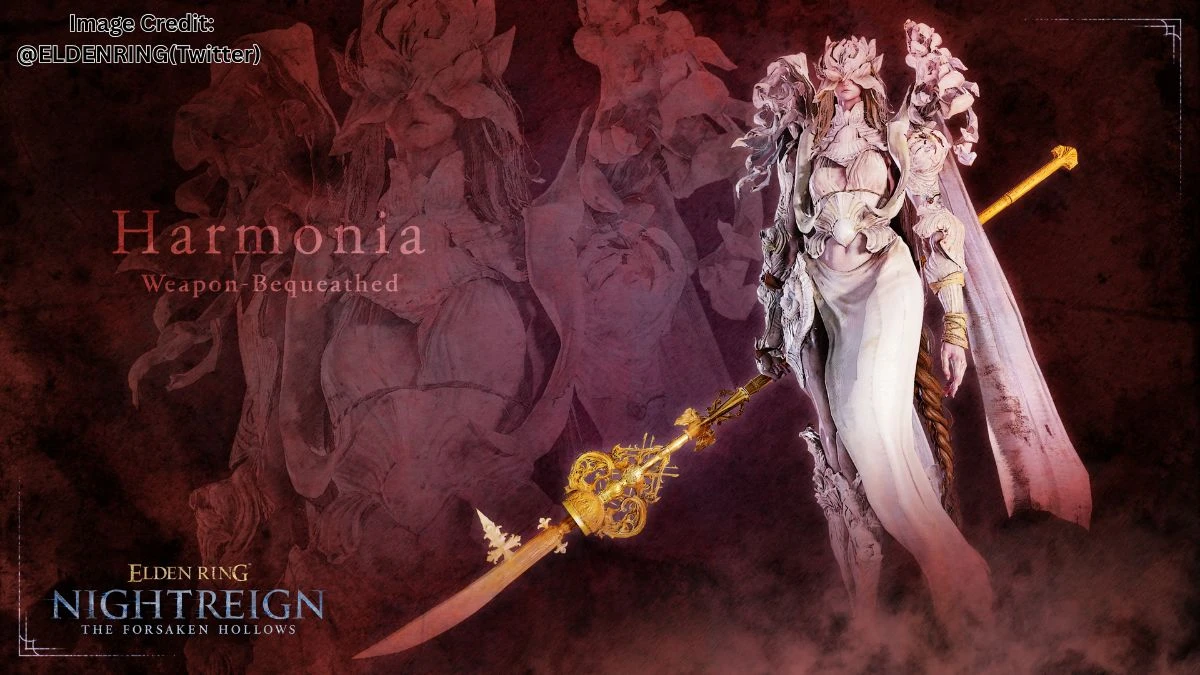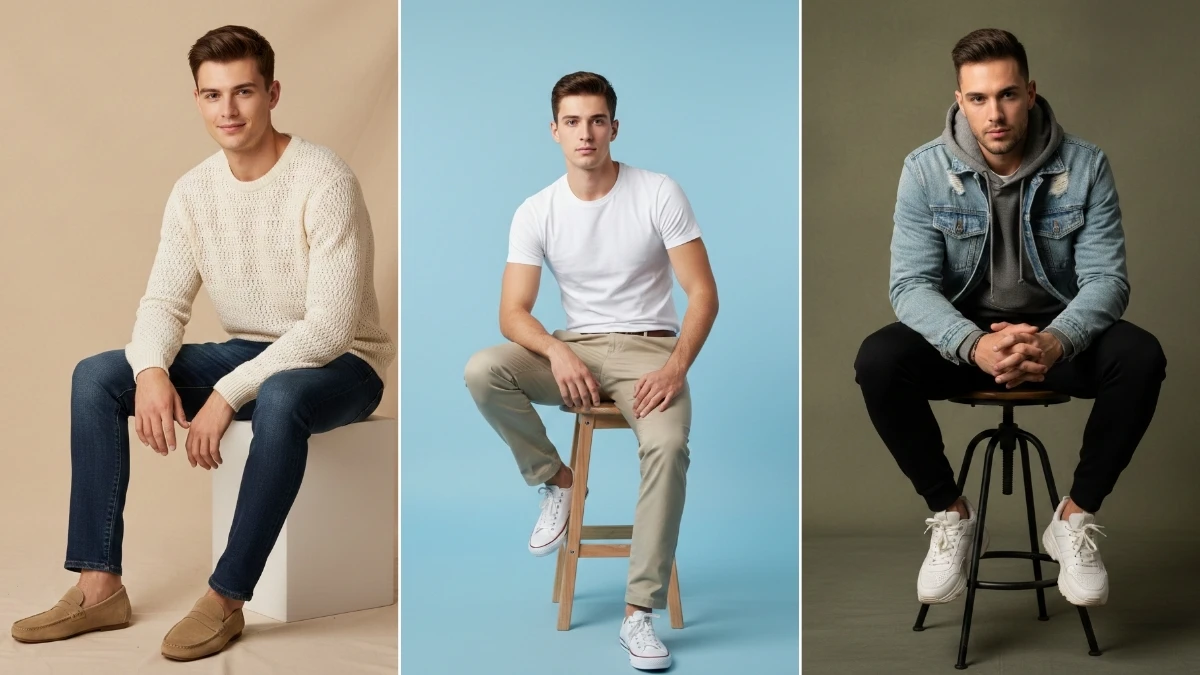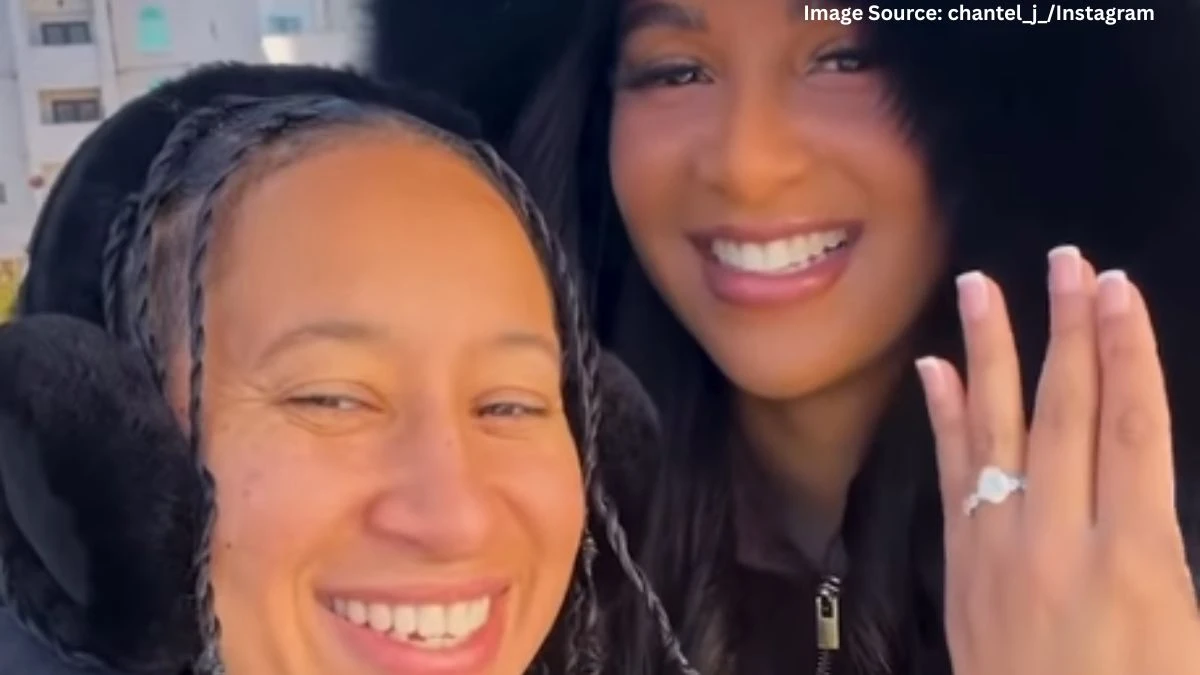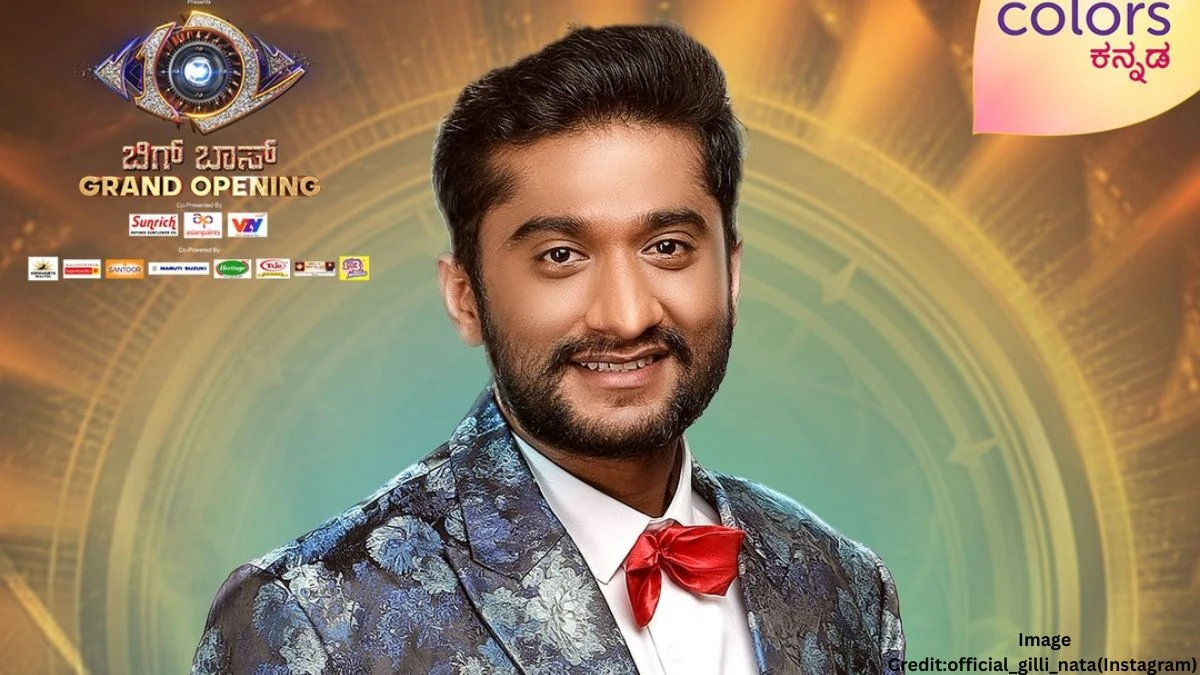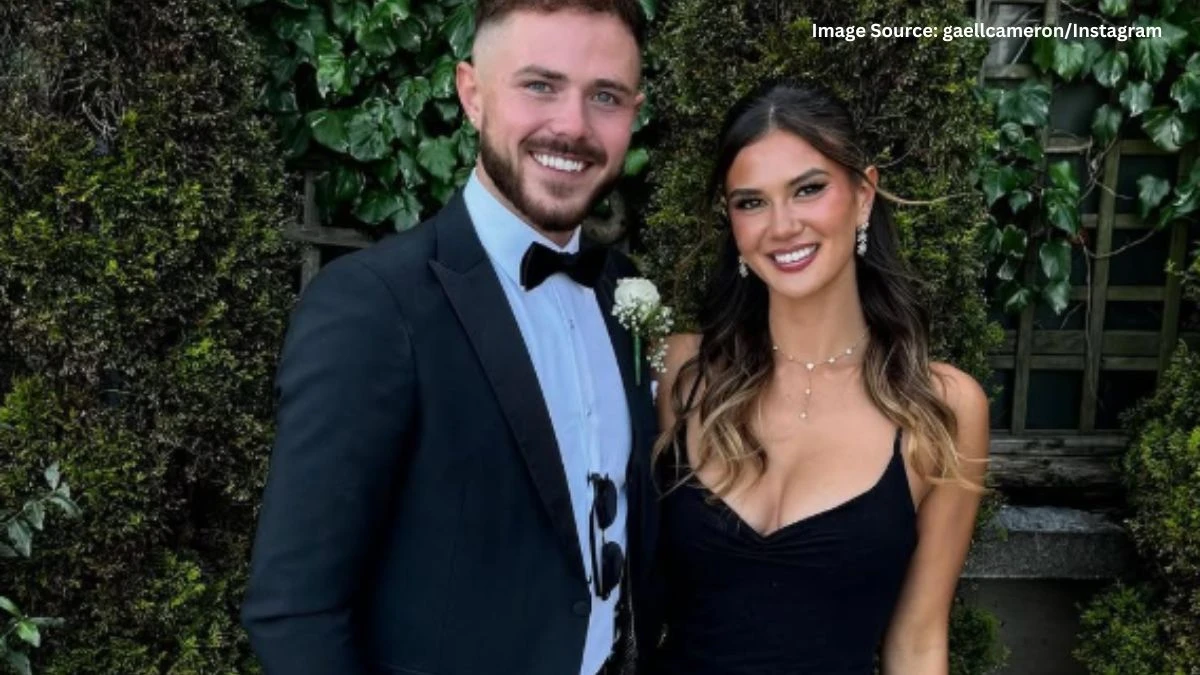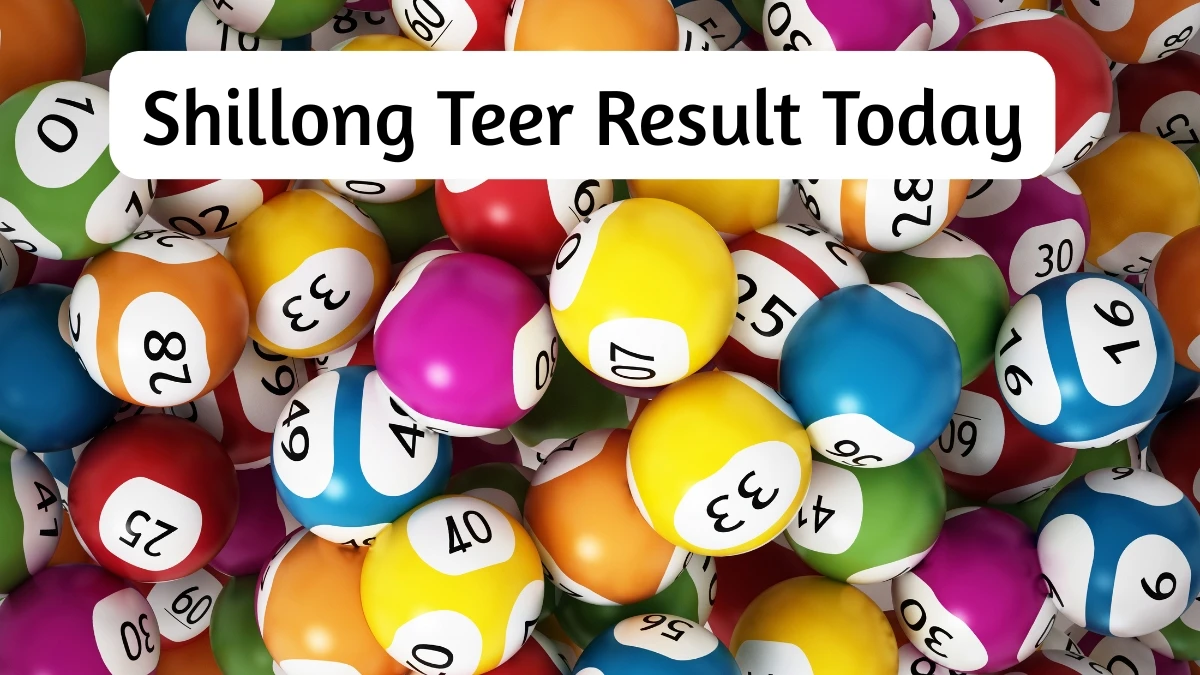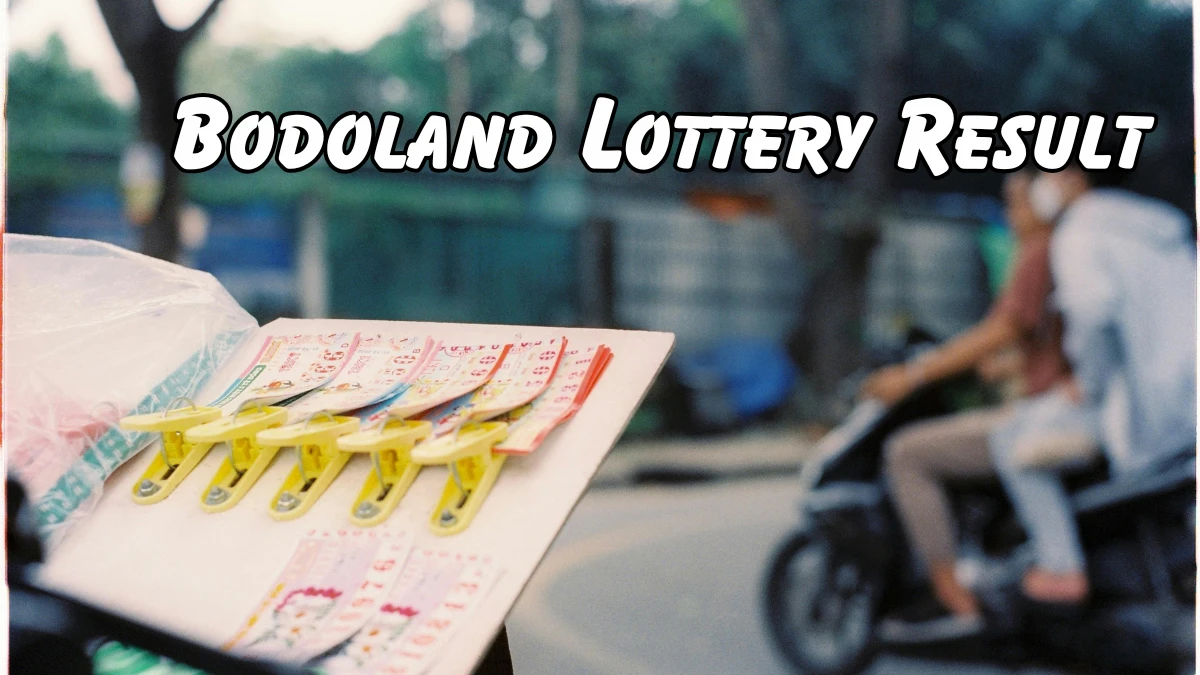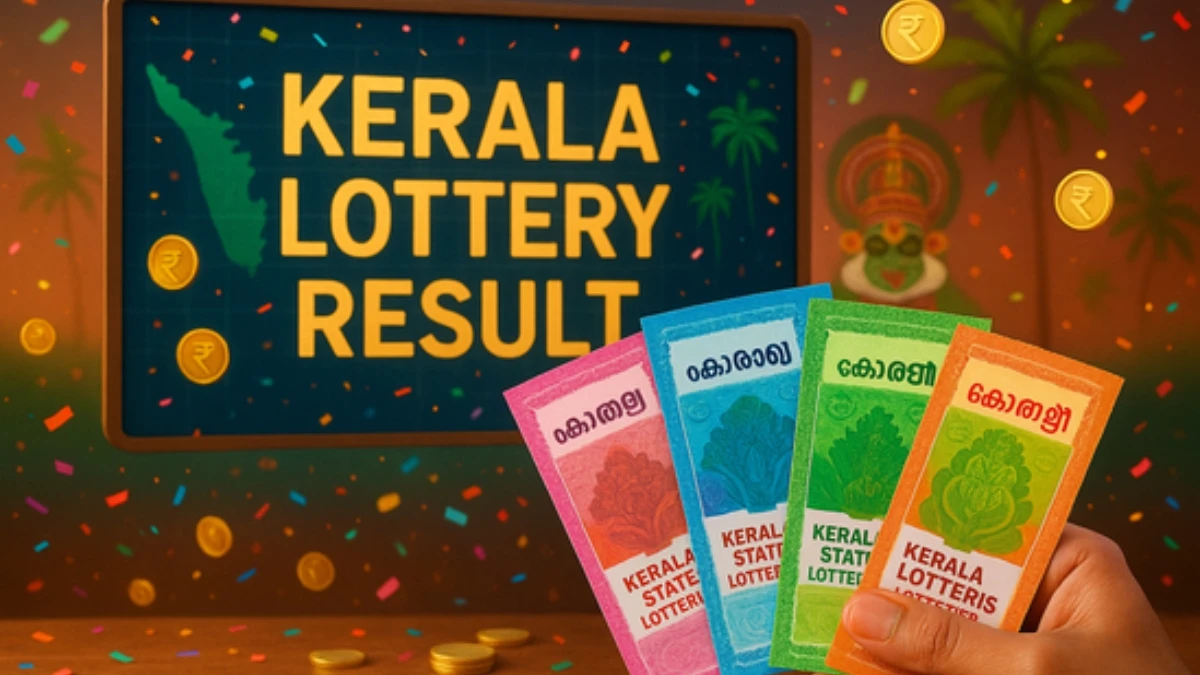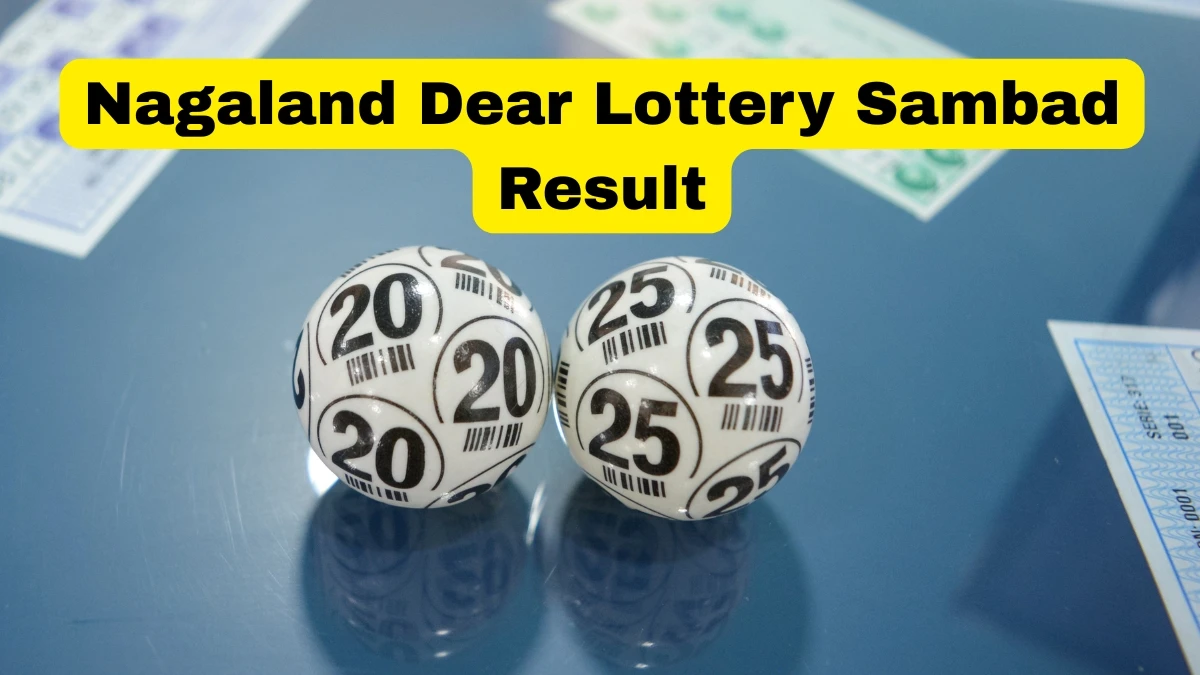In a world where mirrorless cameras dominate headlines and marketing, DSLRs have quietly endured, continuing to be the go-to choice for many professionals and enthusiasts.
Why? Because DSLRs still offer unique advantages—optical viewfinders for lag-free real-time viewing, superior battery performance, and rugged reliability in the field.
In 2025, many full-frame DSLR systems will be available at budget-friendly prices, delivering unmatched value compared to their mirrorless counterparts.
For photographers who value intuitive handling, massive lens ecosystems, and long-term dependability, DSLRs remain a worthy investment.
What to Consider When Choosing a DSLR Camera?
Before investing in a DSLR, it's crucial to evaluate what matters most for your photography goals. Here are the key factors:
1. Sensor Size: Full-Frame vs. APS-C
Full-frame sensors offer better low-light capability, superior dynamic range, and shallower depth of field. They are ideal for professional work like weddings, commercial shoots, and landscapes. APS-C sensors, meanwhile, are more compact and budget-friendly, making them perfect for beginners or enthusiasts who want high performance without breaking the bank.
2. Resolution and Image Quality
High-resolution sensors offer greater flexibility in cropping and printing, but more megapixels don’t always mean better quality. Consider how the sensor handles noise, contrast, and dynamic range. A 24MP sensor with excellent noise handling may outperform a 32MP sensor in low light.
3. Autofocus System
A good autofocus system can be the difference between a perfect action shot and a missed moment. Look for systems with high point coverage, phase-detection AF, and face/eye detection—especially important for sports and portrait photography.
4. Shooting Speed
Measured in frames per second (FPS), this is crucial for wildlife and sports photography. A high FPS rate allows for capturing fast-moving subjects, while buffer depth tells you how many images you can shoot in succession before the camera slows down.
5. Build Quality and Weather Sealing
Durability matters, especially for outdoor shooters. Weather sealing protects the camera from dust and moisture, and a magnesium alloy build ensures the body can take a beating without compromise.
6. Lens Ecosystem
DSLRs shine when it comes to lens availability. Canon’s EF and Nikon’s F-mount have years of options, from budget primes to professional zooms. Unlike newer mirrorless systems, many of these lenses are affordable and available used at great prices.
7. Video Capabilities
If video is a priority, ensure the DSLR supports 4K (preferably uncropped), has microphone/headphone jacks, and offers reliable autofocus during video recording. DSLRs like the Nikon D780 even offer advanced tools like N-log for color grading.
The 5 Best DSLR Cameras of 2025
These are the DSLR models that stand out in 2025 for their performance, features, and value. Whether you're a beginner or a professional, there's an option here that fits your needs.
| Rank | DSLR |
| 1 | Nikon D850 |
| 2 | Canon EOS 5D Mark IV |
| 3 | Canon EOS 90D |
| 4 | Nikon D780 |
| 5 | Canon EOS Rebel SL3 / 250D |
1. Nikon D850: The Ultimate All-Rounder
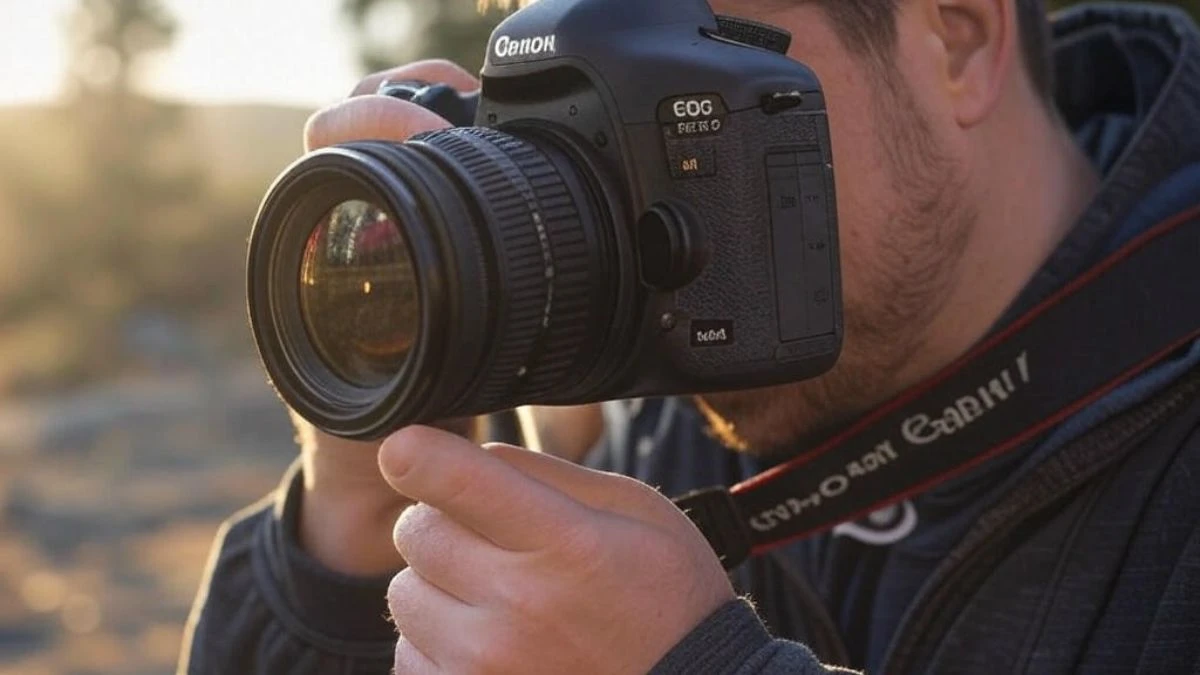
Price Range: $2,000-$2,500
The Nikon D850 remains a gold standard among DSLRs in 2025. Its 45.7MP full-frame sensor delivers staggering image quality, whether you're shooting detailed landscapes or high-speed action. With a 153-point AF system and 7 FPS continuous shooting (9 FPS with a battery grip), it balances speed and resolution like few others.
Its 4K video recording, weather sealing, and robust battery life make it a true workhorse for professionals. Despite being a few years old, it holds its value thanks to sheer performance and build quality.
Key Features:
- 45.7MP full-frame BSI CMOS sensor
- 7 FPS continuous shooting (9 FPS with battery grip)
- 153-point autofocus system
- 4K video recording
- Weather-sealed body
- Outstanding battery life
Best For: Landscapes, studio, weddings, wildlife, commercial photography
Pros: Superior resolution, dynamic range, rugged build, excellent lens support
Cons: Bulky, pricey, not beginner-friendly
2. Canon EOS 5D Mark IV: Professional Excellence
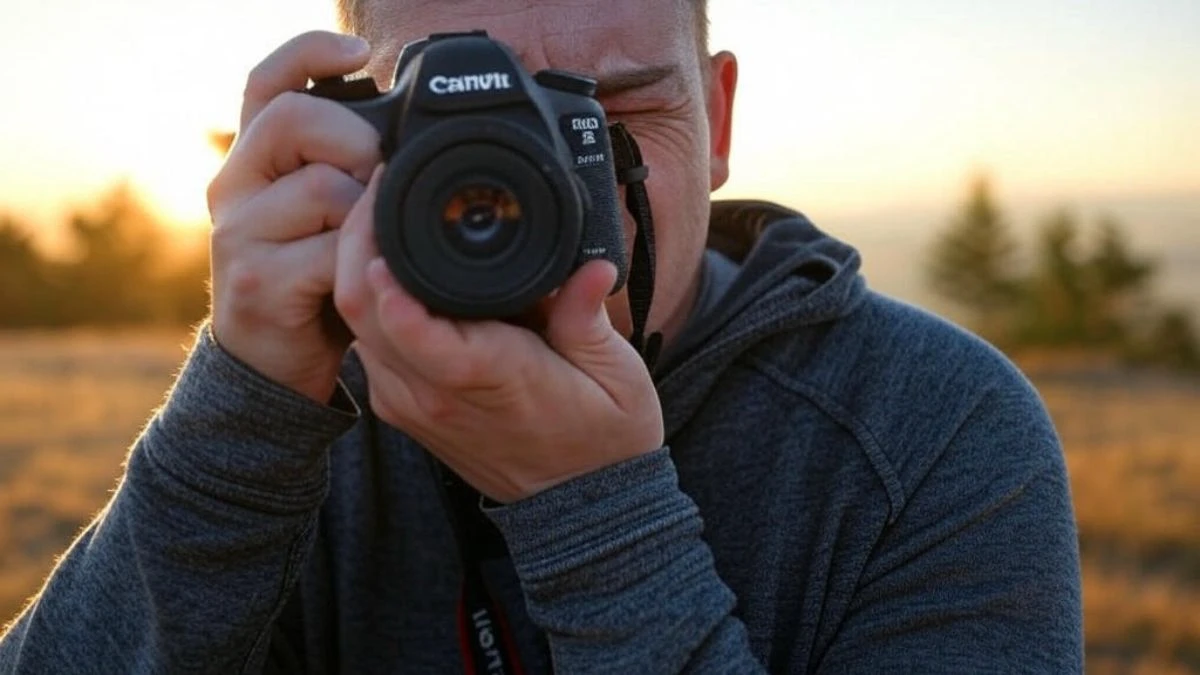
Price Range: $2,200-$2,700
Canon’s EOS 5D Mark IV continues to be a favorite for professionals who prioritize color science, reliability, and intuitive ergonomics. Its 30.4MP sensor provides beautiful, natural-looking images, especially for skin tones.
With Dual Pixel autofocus and 7 FPS shooting, it's a versatile tool for portraits, events, and video. Built-in WiFi, GPS, and a touchscreen enhance usability, while its rugged construction makes it field-ready.
Key Features:
- 30.4MP full-frame CMOS sensor
- Dual Pixel CMOS AF
- 7 FPS continuous shooting
- 4K video recording (with 1.64x crop)
- 61-point AF system
- Built-in WiFi and GPS
Best For: Portraits, weddings, events, editorial
Pros: Accurate AF, color rendering, durable body
Cons: 4K crop factor, less dynamic range than Nikon
3. Canon EOS 90D: Best APS-C DSLR
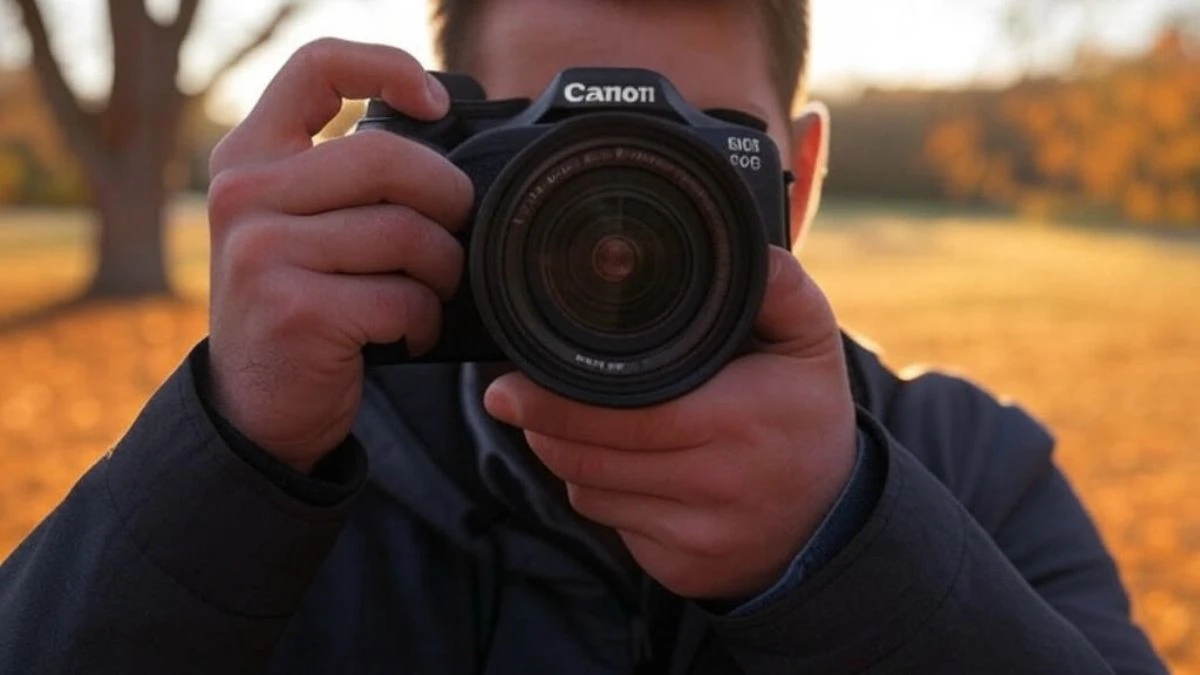
Price Range: $1,100-$1,400
The Canon EOS 90D proves that APS-C DSLRs can still pack a punch. Its 32.5MP sensor is the highest in its class, and it offers 10 FPS continuous shooting—ideal for wildlife and sports photography.
It records uncropped 4K video and features a fully articulating touchscreen. The ergonomics are excellent, and the camera is weather-sealed for use in tough environments. It’s also a great bridge for beginners who want pro-level features.
Key Features:
- 32.5MP APS-C CMOS sensor
- 10 FPS continuous shooting
- 45-point all cross-type AF system
- 4K video without crop
- Fully articulating touchscreen
- Weather-sealed body
Best For: Wildlife, sports, vlogging, content creation
Pros: High resolution, fast FPS, compact build
Cons: No in-body stabilization, noisy at high ISO
4. Nikon D780: Low-Light Master
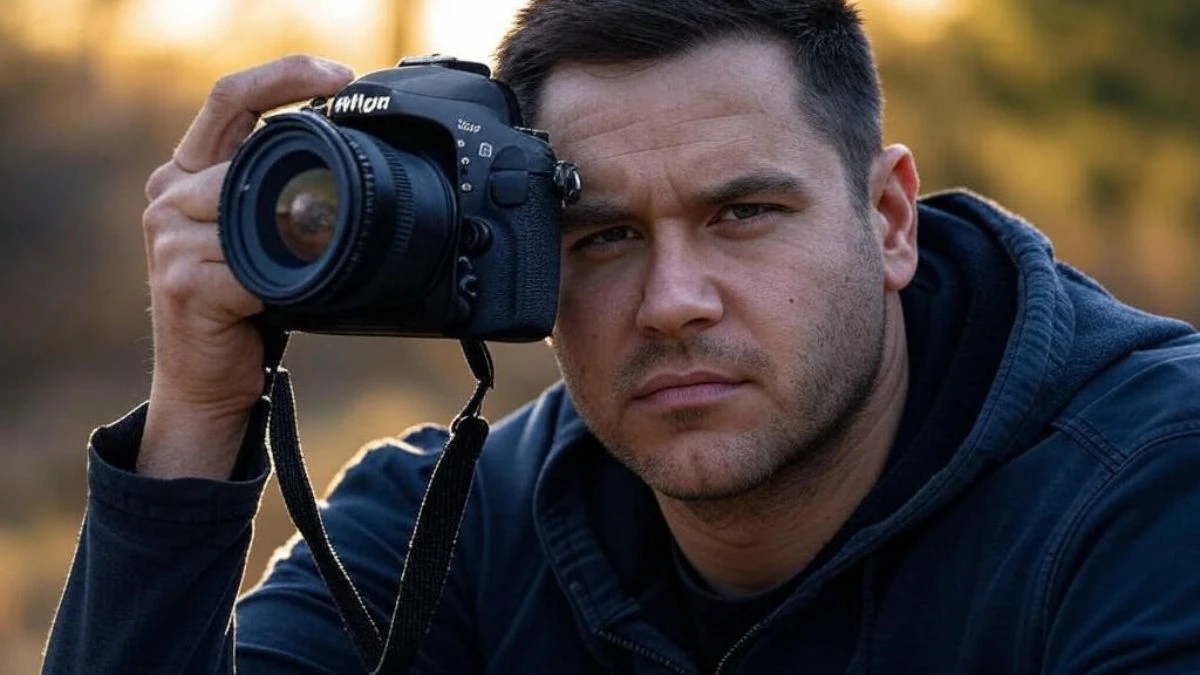
Price Range: $1,800-$2,200
Combining DSLR and mirrorless tech, the Nikon D780 is a hybrid marvel. Its 24.5MP full-frame sensor shines in low light, and it delivers fantastic results even at high ISO values. The camera features 273 on-sensor AF points in live view—borrowed from the Nikon Z6.
4K video with N-log, long battery life, and durable weather sealing make it a favorite among videographers and astrophotographers. If you shoot in dark environments often, this one’s for you.
Key Features:
- 24.5MP full-frame BSI CMOS sensor
- 7 FPS mechanical shutter (12 FPS in live view)
- 273-point on-sensor phase detection AF in live view
- 4K UHD 30p video with N-log
- ISO expandable to 204,800
- Weather sealing
Best For: Astrophotography, events, video, weddings
Pros: Excellent ISO range, hybrid AF, reliable build
Cons: Single card slot, fewer AF points in OVF mode
5. Canon EOS Rebel SL3 / 250D: Best Budget DSLR
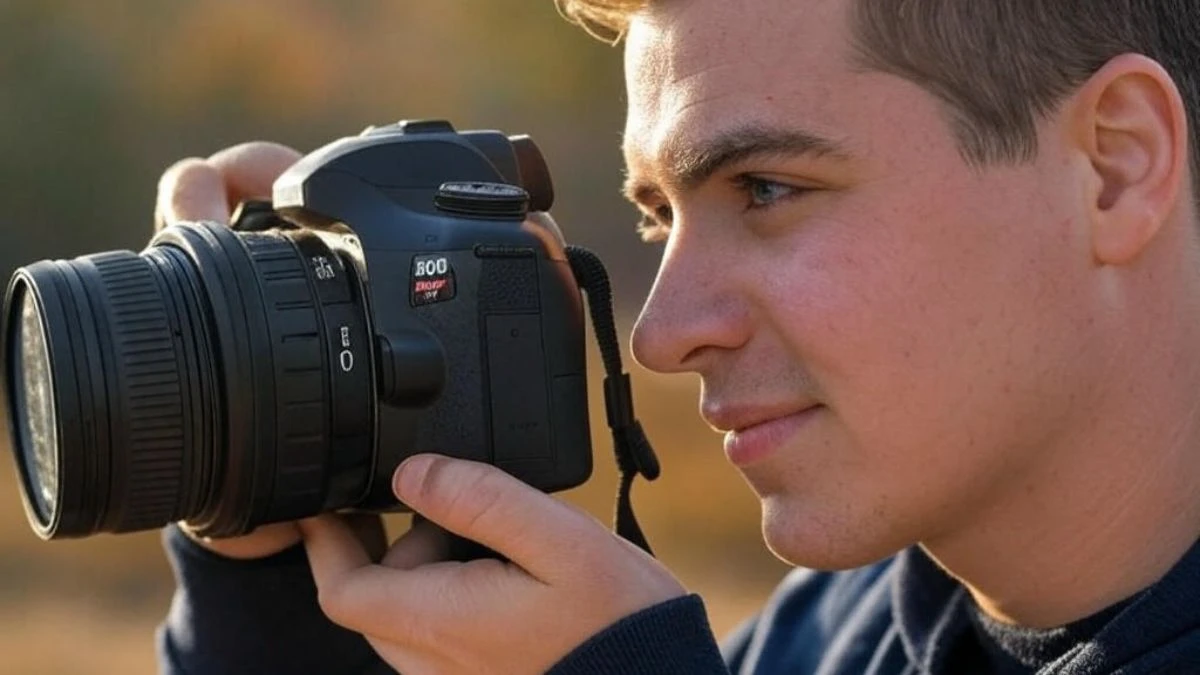
Price Range: $500-$650
If you're new to photography or need a lightweight backup, the Rebel SL3 offers unbeatable value. It packs a 24.1MP sensor, 4K video recording, and a user-friendly interface into a compact, travel-friendly body.
Its fully articulating screen and long battery life are rare at this price point. While it lacks the advanced AF or FPS of pricier models, it’s ideal for casual shooting, learning manual controls, or travel blogging.
Key Features:
- 24.1MP APS-C CMOS sensor
- DIGIC 8 image processor
- 9-point AF system
- 4K video recording (with crop)
- Fully articulating touchscreen
- 1,070-shot battery life
Best For: Beginners, travel, and daily photography
Pros: Lightweight, intuitive, long battery life
Cons: Limited AF, cropped 4K, basic feature set
DSLR Decision Flowchart
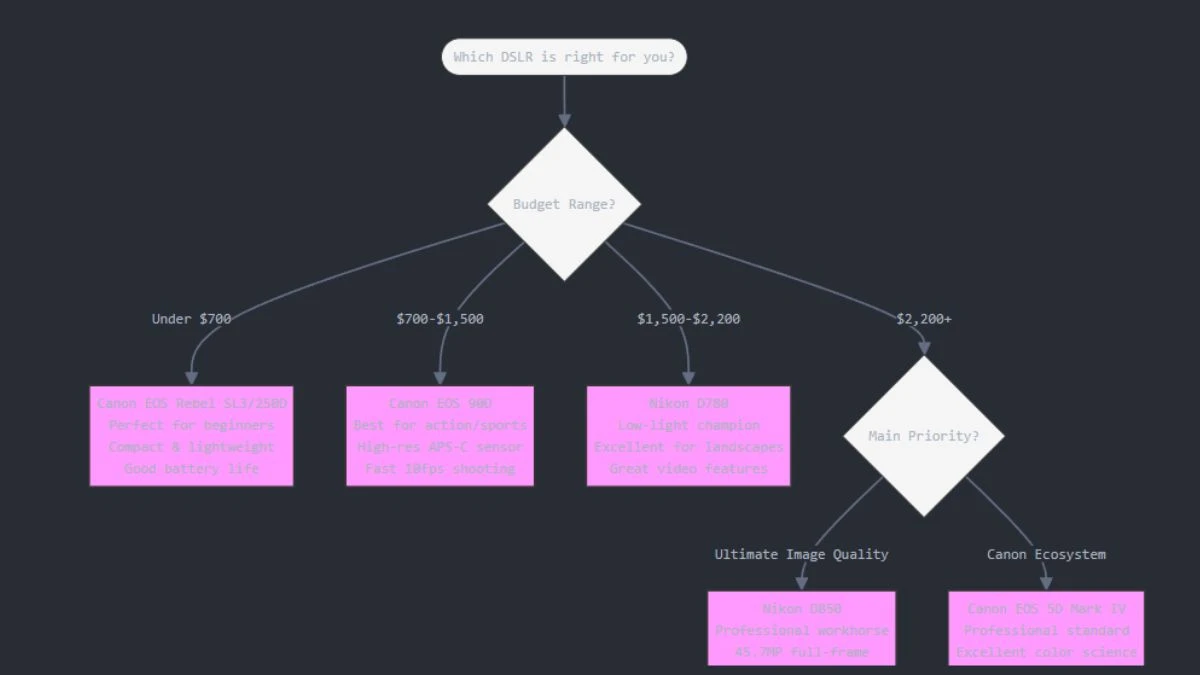
Which DSLR is Right for Different Photography Types?
Every genre of photography has its own unique demands. Here's a breakdown of which DSLR excels in specific photography scenarios.
Landscape Photography: Nikon D850
- With its immense resolution and wide dynamic range, the D850 is unmatched for landscapes. It captures every detail from mountain ridges to sunset skies, preserving both highlights and shadows beautifully.
Portrait Photography: Canon EOS 5D Mark IV
- Canon’s skin tone rendering is industry-leading, and the 5D Mark IV’s autofocus ensures precise eye focus. Its color science and lens options make it the top pick for portrait photographers.
Wildlife and Sports Photography: Canon EOS 90D
- High FPS, fast autofocus, and compact APS-C body make the 90D a dream for wildlife. Paired with a telephoto lens, its crop factor gives you extra reach without extra cost.
Astrophotography: Nikon D780
- Low-light shooters will appreciate the D780’s high ISO performance and minimal noise output. Its full-frame sensor and long-exposure capabilities are tailor-made for starry skies.
Video Content Creation: Canon EOS 90D & Nikon D780
- The 90D delivers uncropped 4K and great autofocus for vlogging, while the D780 provides advanced color grading and dynamic range for professional video work.
Why Consider a DSLR in the Mirrorless Age?
Mirrorless may be the future, but DSLRs still offer unmatched reliability, endurance, and legacy lens support. Here's why they remain relevant in 2025.
1. Battery Life
DSLRs easily double the shot count of mirrorless rivals. You can shoot an entire wedding without changing batteries.
2. Optical Viewfinder
Unlike electronic viewfinders, optical ones show reality with zero lag or blackout—ideal for fast action.
3. Value Proposition
As mirrorless prices climb, DSLRs now offer professional specs at budget prices, often with premium build quality and lens compatibility.
4. Lens Ecosystem
Decades of lens development mean endless options. Canon EF and Nikon F lenses cover everything from macro to super-telephoto.
5. Ergonomics and Handling
Many photographers prefer the deep grips and intuitive button layouts of DSLRs. With heavier lenses, DSLRs often balance better in the hand.
Expert Tips for Getting the Most from Your DSLR
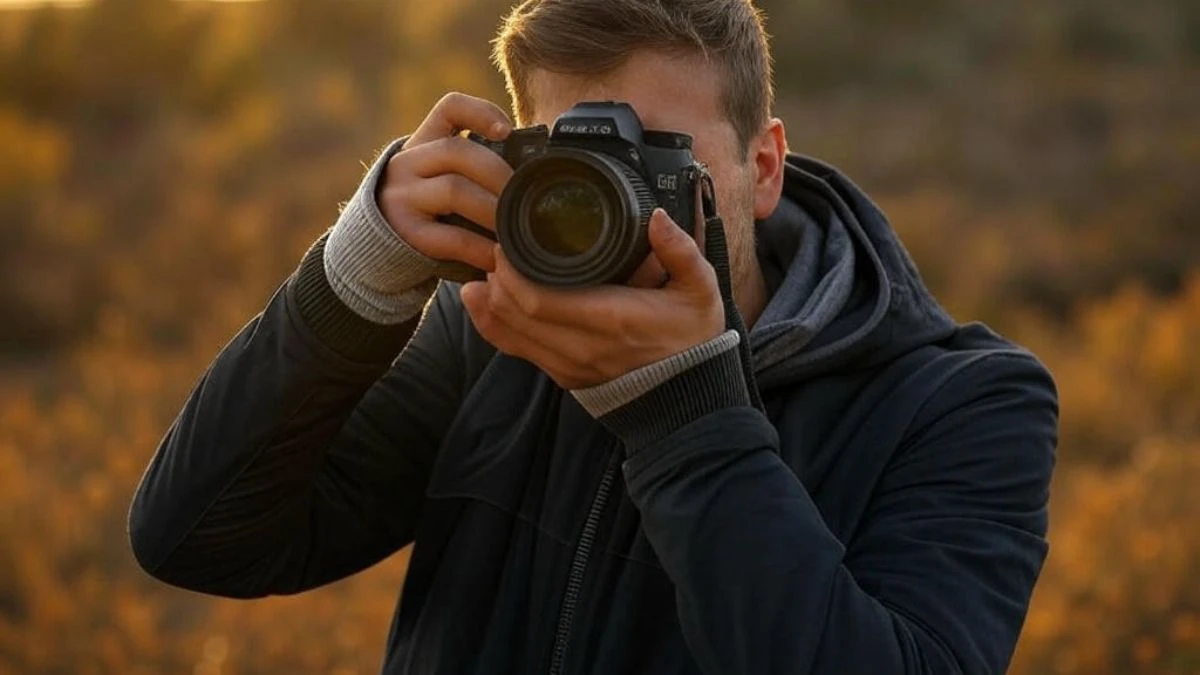
- Master Manual Mode: Learn how aperture, shutter speed, and ISO interact to get full creative control.
- Invest in Glass: Great lenses outlast camera bodies and improve your image quality more than most upgrades.
- Use a Tripod: Essential for landscape, macro, and astrophotography—helps unlock your sensor’s full potential.
- Customize Buttons: Speed up your workflow by mapping common functions to custom buttons.
- Clean Your Gear: Regular maintenance keeps dust and debris from ruining your shots.

